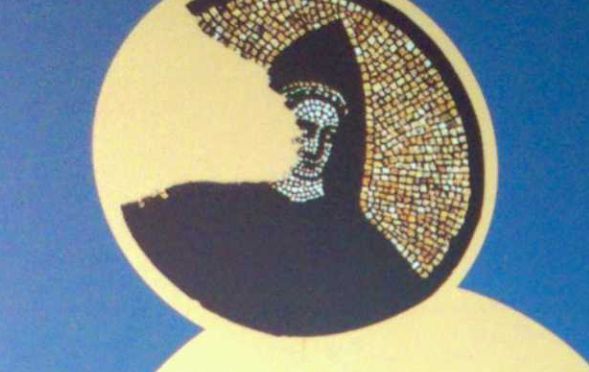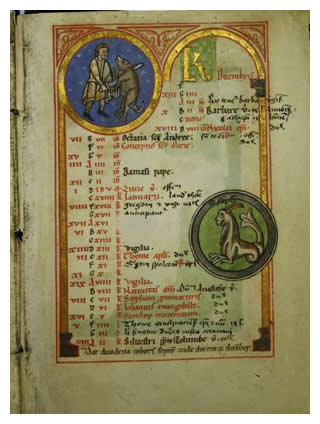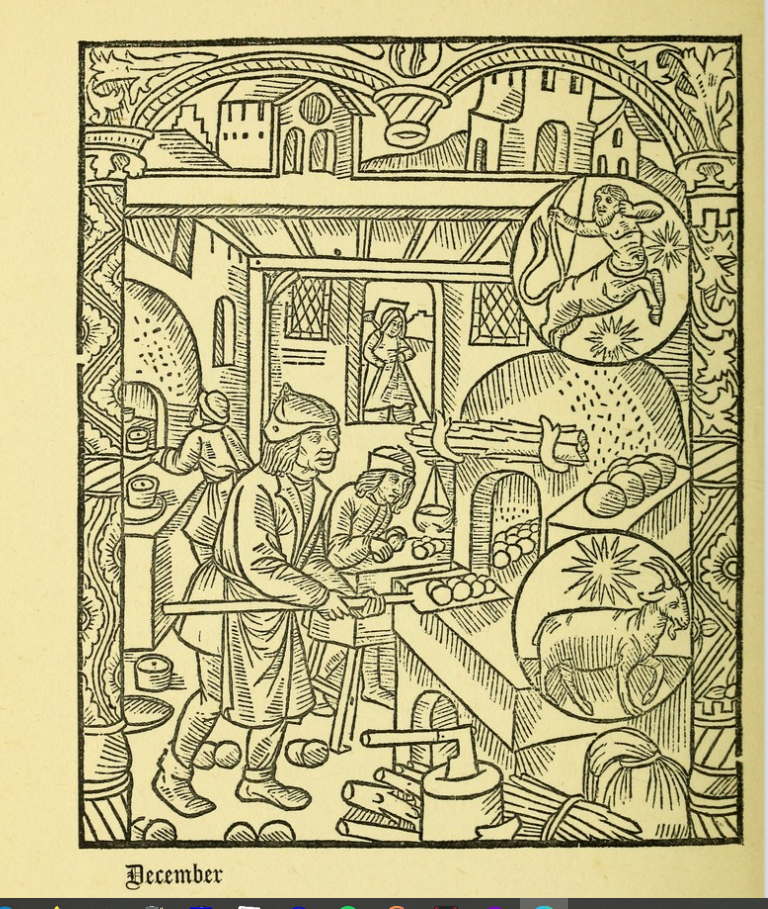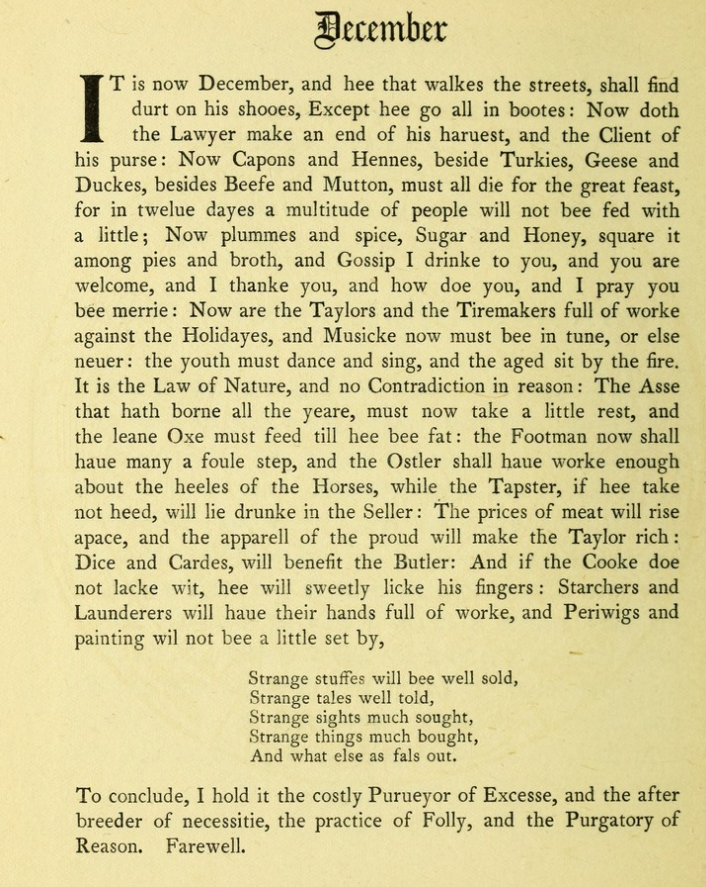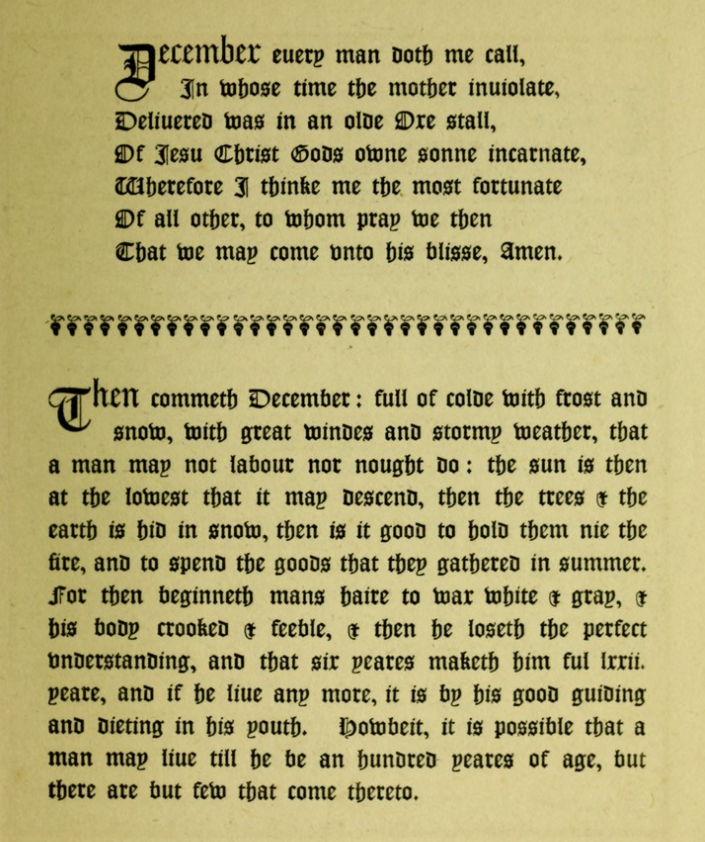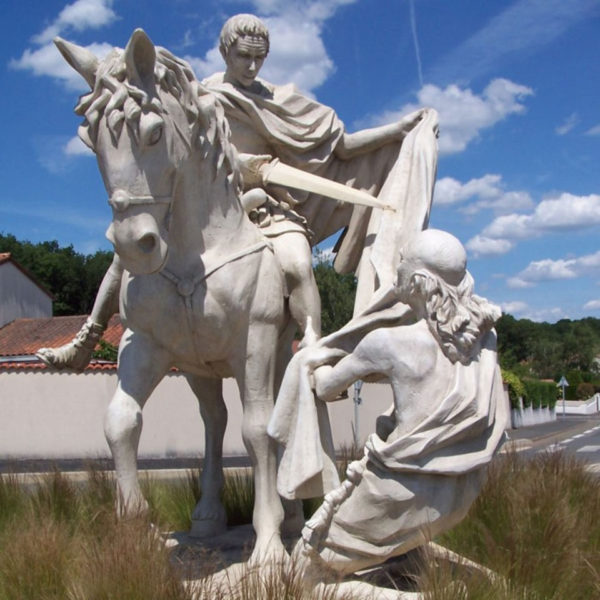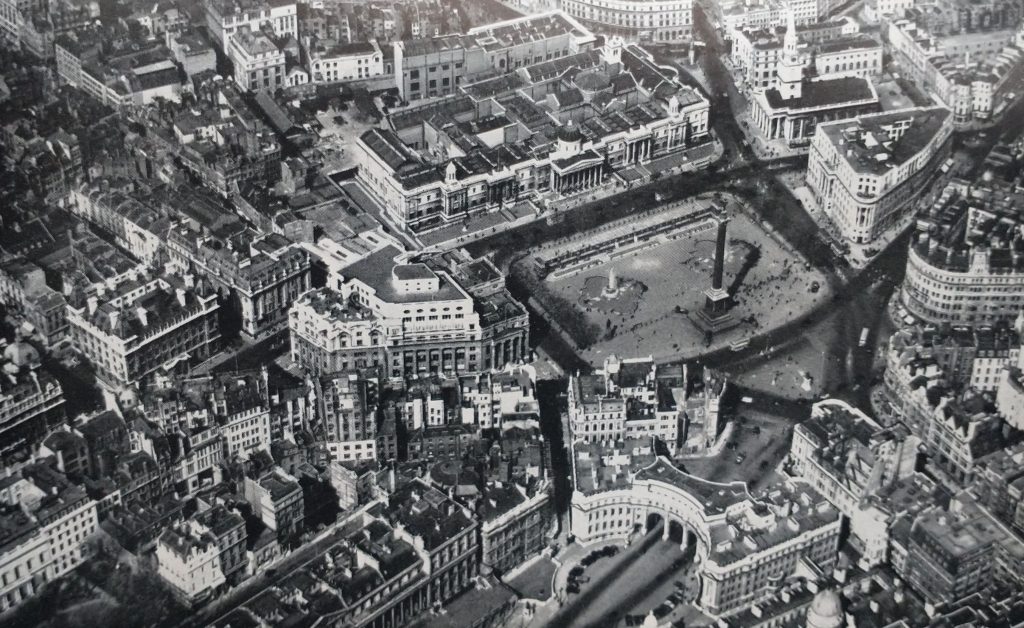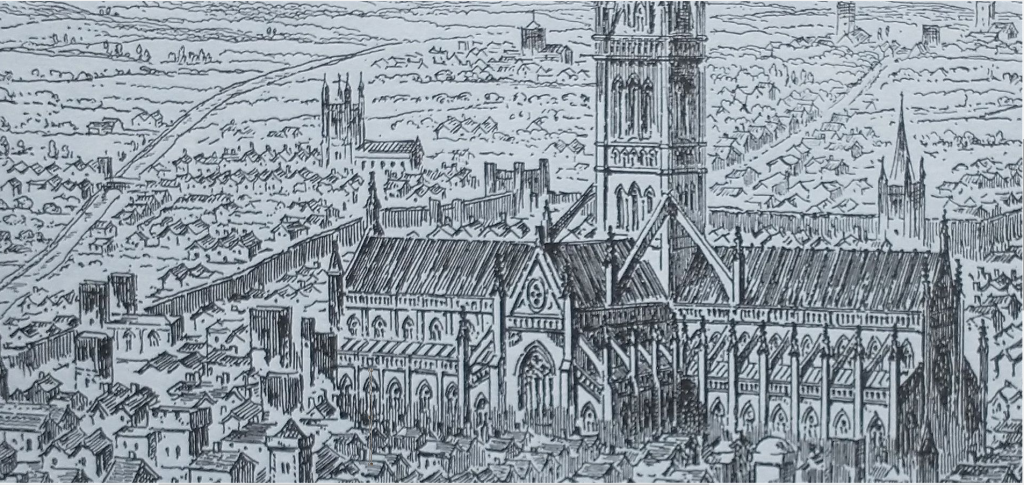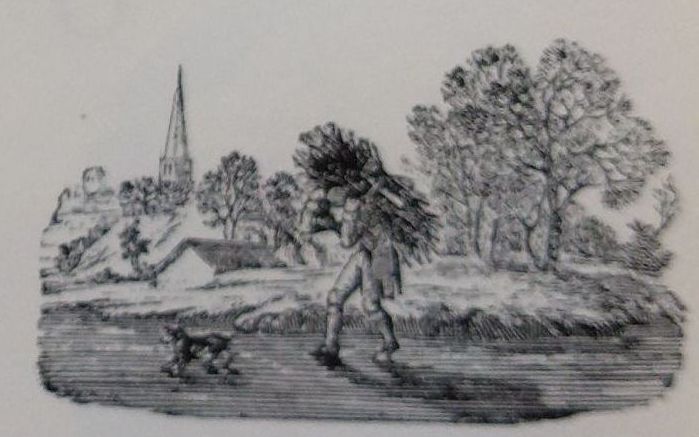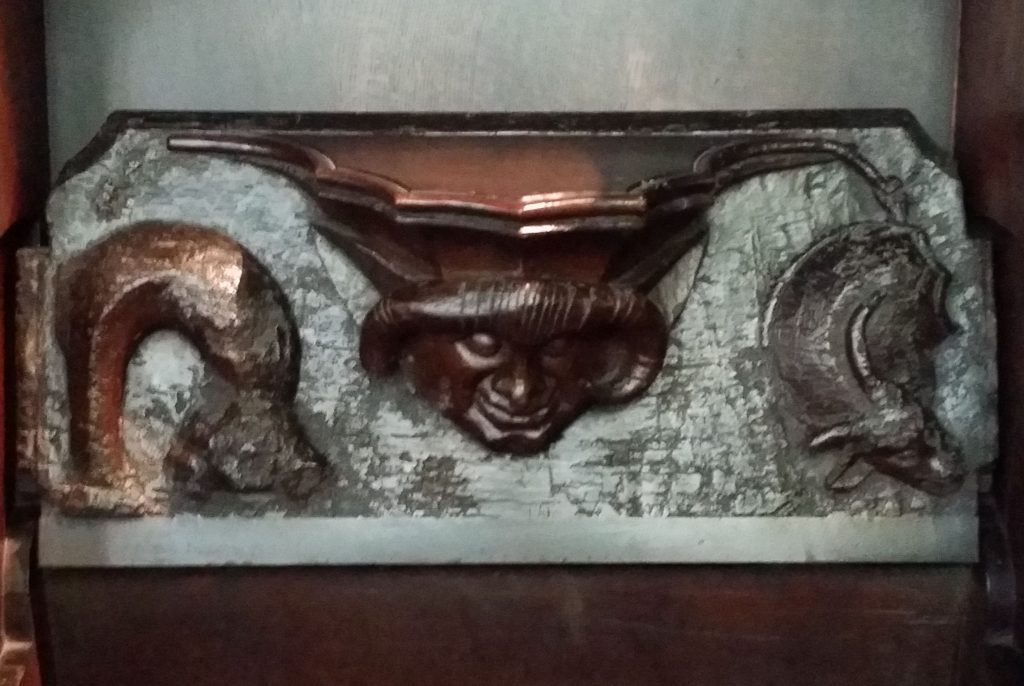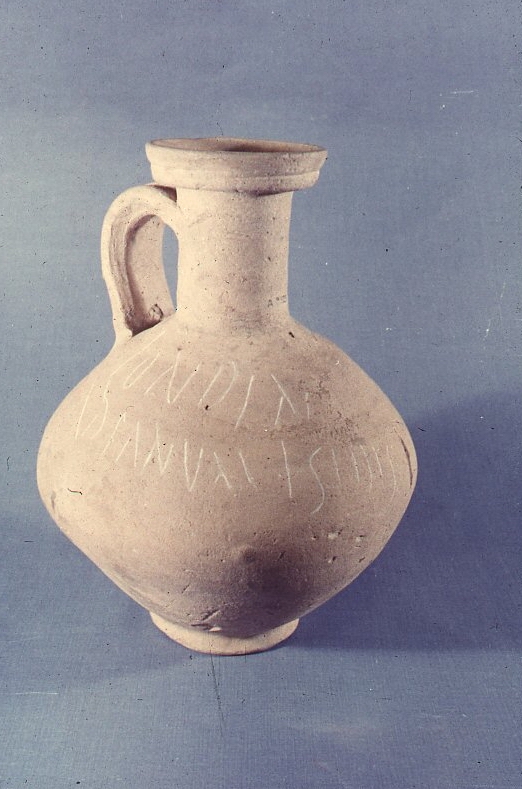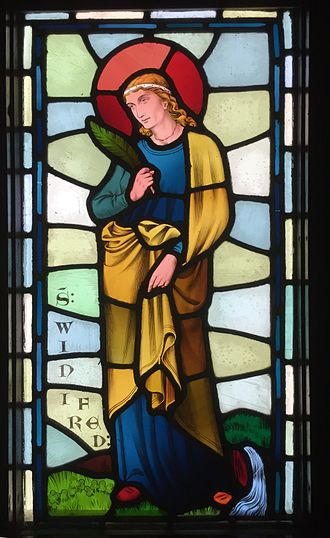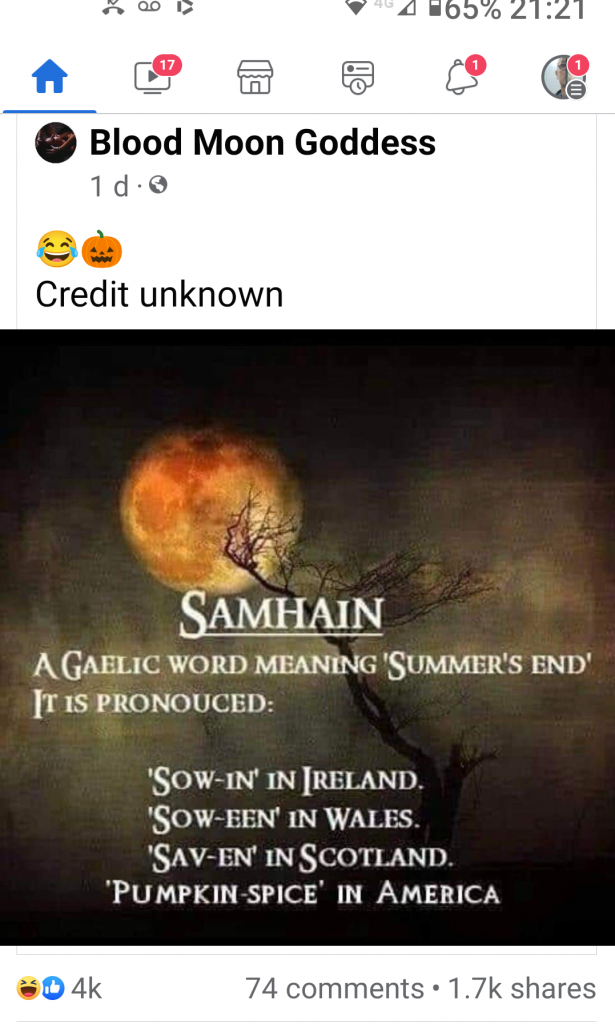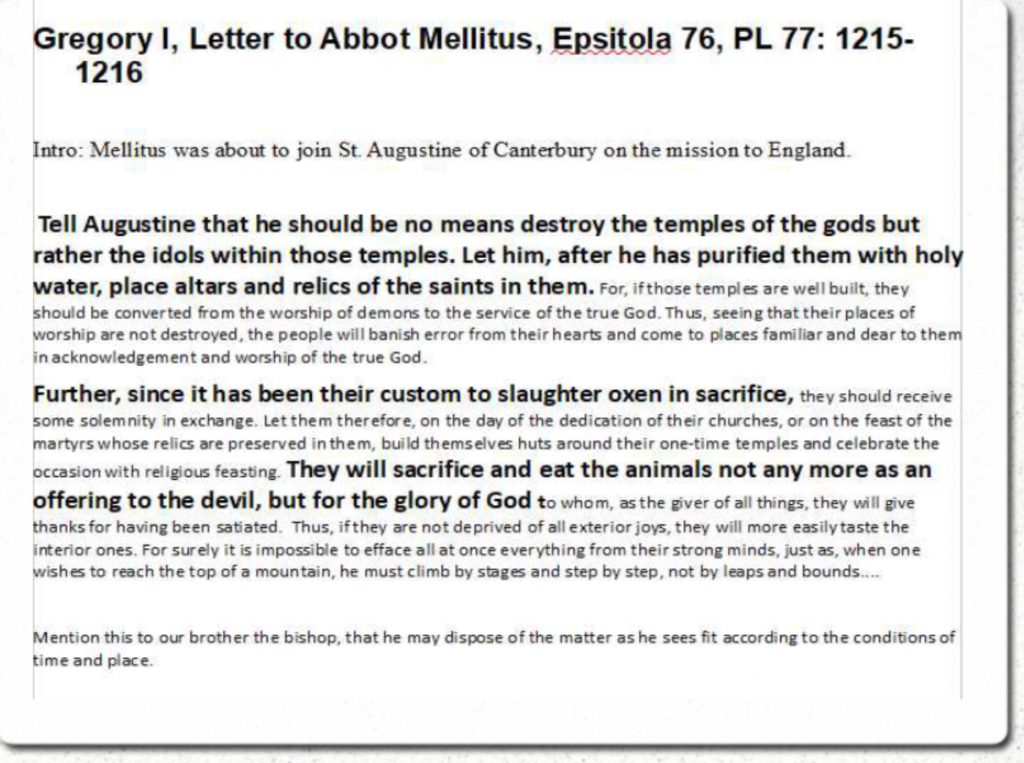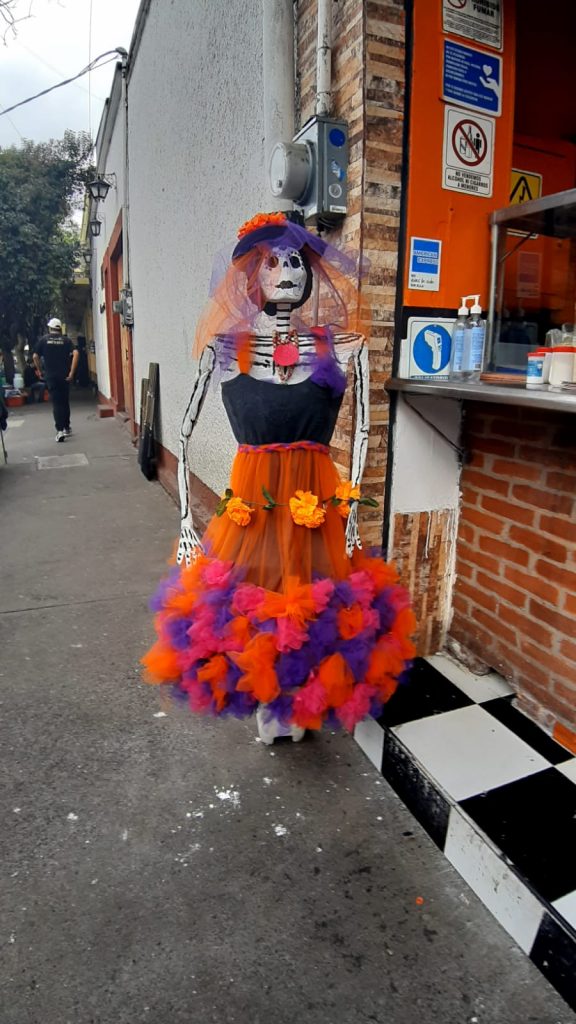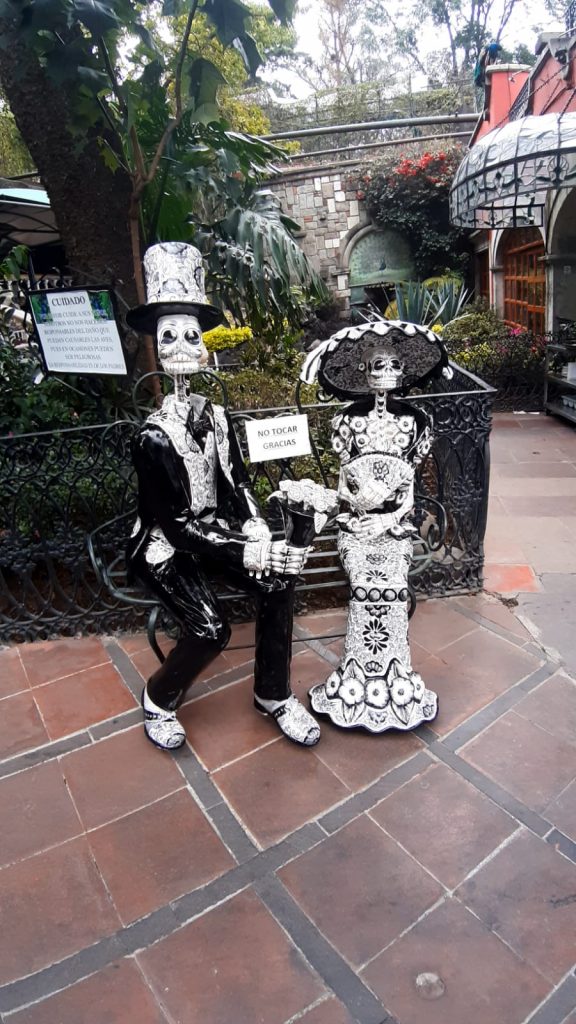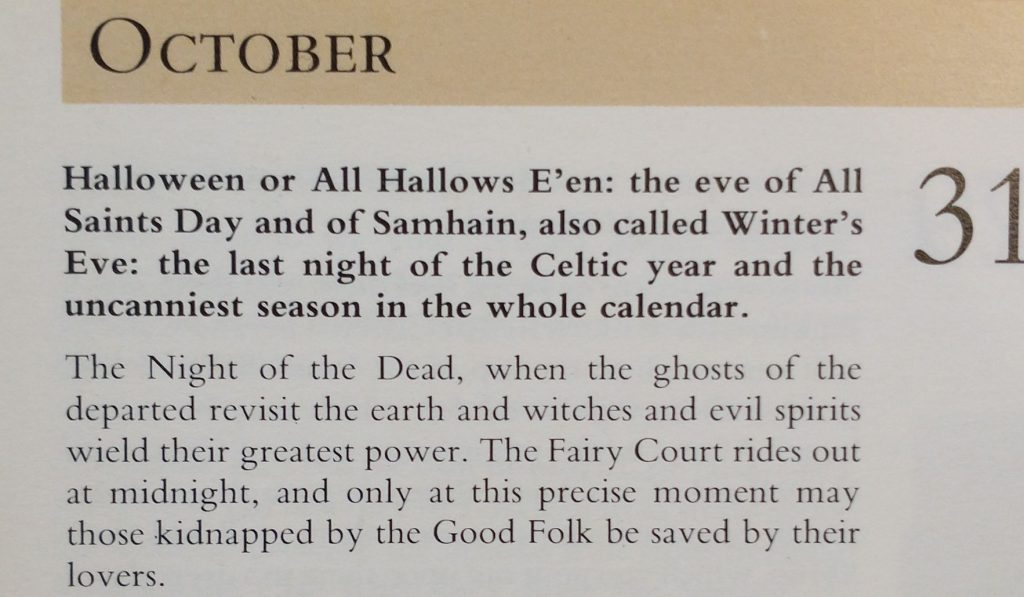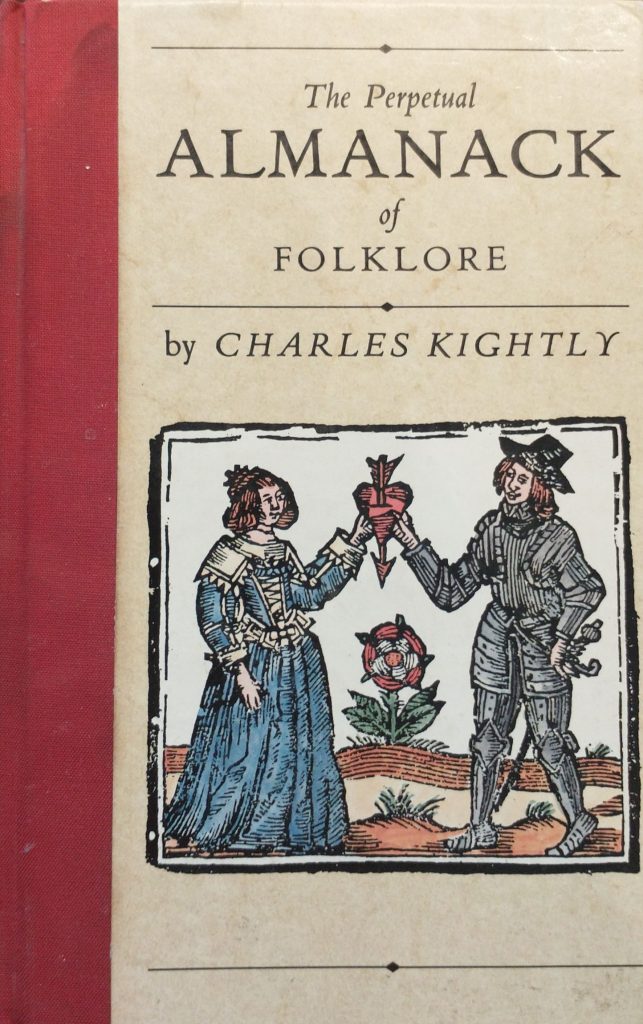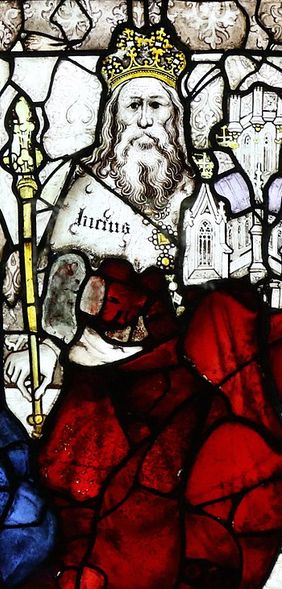
The Venerable Bede tells us that King Lucius converted to Christianity in around 180AD. He says that the King asked Pope Eleutherius to send teachers to instruct him. The Venerable Bede (died 735 AD) got this from the Liber Pontificalis of c 590. There is also a tradition that St Peter’s Cornhill in London was set up by King Lucius, and that St Peter’s is the oldest Church in London.
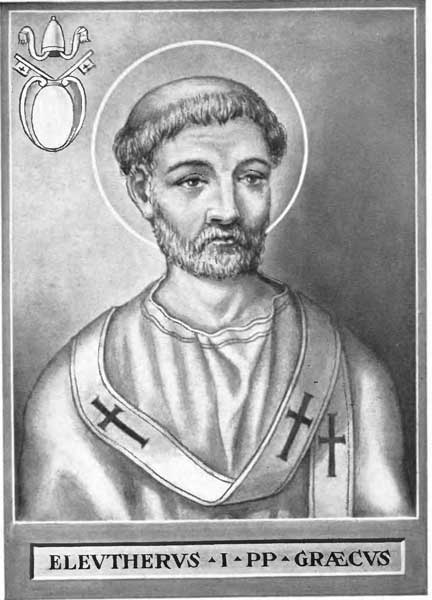
What to make of this? Bede is considered to be a reliable historian and got his information, in this case, from the Vatican. But the tradition has been written off as a legend. Indeed, there are questions to be answered, but there is, arguably, more to it than a legend but, unfortunately, not enough to make it an established fact.
Not the least of the questions to ask about the veracity of this legend is: ‘What does it mean to be called the King of Britain in the middle of the Roman occupation?’
As to the early origin of St Peters, archaeologists dismissed the tradition as St Peter’s is built over the Roman Forum and so how can it have been the site of a Christian Church?
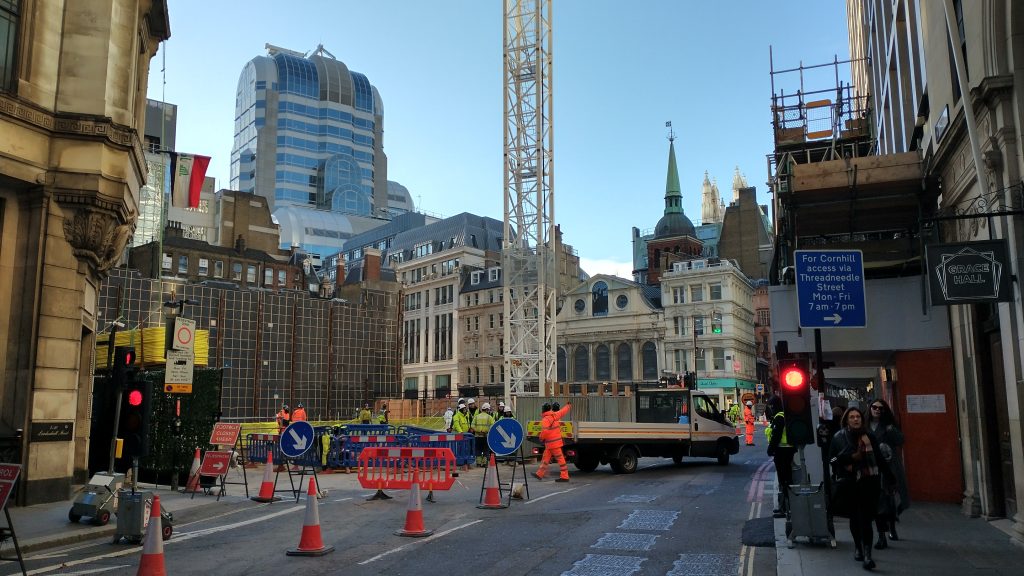
But the balance of possibilities, arguably, changed in the 1980s, when archaeologists led by Gustav Milne showed that the Basilica of the Forum was pulled down in about 300AD. So from being practically an impossibility, there is now a possibility that this became the site of a Roman Church. We know London sent at least one Bishop to Constantine the Great’s Council of Arles in 314AD, so a Christian community in London must have predated this time. There must have been Churches. And a site, here, at the prestigious centre of the Capital of Londinium, makes a lot of sense. There are, in fact, three Churches on the site of the Roman Forum: St Peters, St Michael and St Edmund the Martyr.
In AD306, Constantine was acclaimed Emperor on the death of his Father, Constantius Chlorus whose wife was Helena, a Christian. He and his mother were in York when his father died. He was recognised as Caesar, (but not Augustus) by Emperor Galerius and ruled the province for a while before moving to Trier, then Rome, where he accepted the Christian God’s help in becoming the ruler of Rome (after the Battle of Milvian Bridge). This might give a context for the demolition of the Basilica and its replacement by a Church. There is, however, no archaeological evidence for St Peters being Roman in origin other than the demolition of the Basilica and the legends, and nor is there any evidence of the Basilica being turned into a Church as early as the 2nd Century.
Where does that leave King Lucius? There are well attested Christian traditions that Britain was an early convert to Christianity. (The following quotes are from my book ‘In Their Own Words – A Literary Companion To The Origins Of London‘ D A Horizons, 2009 by Kevin Flude and available here.)
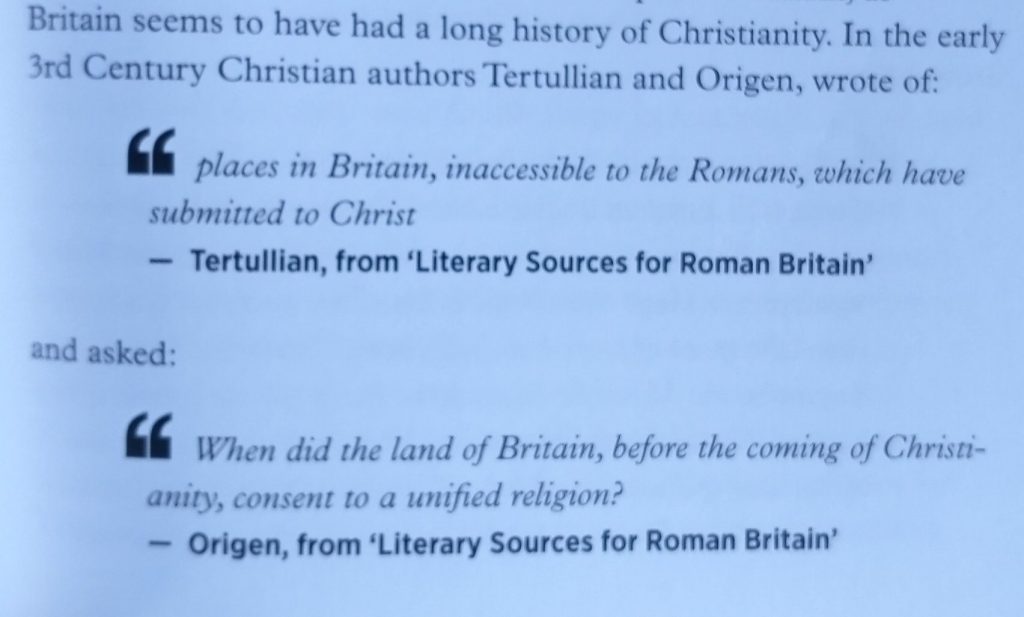
So, an early date for an active Christian community is likely. A Church, replacing the Basilica, is plausible, particularly, after Constantine the Great probably passed through London on his way to seize the Roman Empire. But such an early date as the late 2nd Century? And could anyone, claim to be the ‘King of Britain’ at this date?
We do know that King Togidubnus was called Great King of Britain in a Roman Temple inscription in Chichester in the First Century.
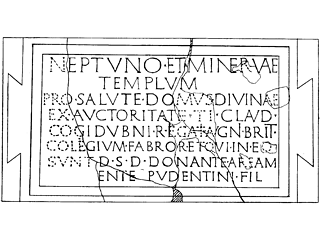
To Neptune and Minerva, for the welfare of the Divine House by the authority of Tiberius Claudius Togidubnus, Great King of Britain, the Guild of Smiths and those therein gave this Temple from their resources, Pudens, son of Pudentinus, presenting the site.
https://romaninscriptionsofbritain.org/inscriptions/91
Togidubnos seems to have been placed in control of a large part of Southern England, centred around Chichester, after the invasion of 43AD. He is thought to have been the successor to Verica, who was exiled and called on the Romans to restore his throne. Tactitus says that Togidubnos remained loyal down ‘to our own times’ that is to the 70s AD. So he presumably held the line for the Romans against the Boudiccan revolt in 60AD. The Romans had used Verica’s fall as their excuse for invasion, and so an honorific of Great King to him and his successors makes sense. It is assumed that after Togidubnos’s death after 80AD, the title lapsed. But it might have stayed with the family as an empty honour? Furthermore, we know that Britain had a lot of Kings and Queens before the Roman period, and, as the Romans never conquered the whole of Britain, there were British Kings all the way through the period of Roman control, at least beyond Hadrian’s Wall.
So, it is possible there was someone in Britain who had, or made, a claim to be ‘King’ whether ‘a’ or ‘the’ or merely descended from one, we don’t know. And that that someone, perhaps converted to Christianity, possibly in the time of Pope Eleutherius.
It has been suggested that Lucius of Britain was confused with Lucius of Edessa, but this is not very convincing.
The link to London and St Peters, need not be a contemporary one, it might be two traditions that are linked together at a later period. But, of course, there is a faint possibility that the Basilica shrine room, above which St Peter’s is built, was converted for Christian use at the earlier time necessary to make sense of the King Lucius story.
King Lucius may not be a proper saint, but he has a feast day because of his connections to Chur in Switzerland, which saw him enter the Roman Martyrology. David Knight proposes that the tradition of the martyrdom of Lucius in Chur comes from the transplanting of rebellious Brigantes to the Raetia frontier in the 2nd Century AD, bringing with them the story of Lucius and that, possibly, at the end of the King’s life he travelled to join the exiles in Switzerland where he met his unknown end. If true, this would base the story of Lucius in the North rather than London.
For further reading, see ‘King Lucius of Britain’ by David J Knight.
John Stow in the 16th Century records the tradition, which comes with a list of early British Bishops of London, which are recorded in Jocelin of Furness ‘Book of British Bishops’. This book is discussed by Helen Birkett ‘Plausible Fictions: John Stow, Jocelin of Furness and the Book of British Bishops’. In Downham C (ed) /Medieval Furness: Texts and Contexts/, Stamford: Paul Watkins, 2013.
Her analysis concludes that the book is a ’12th-century confection in support of moving the archbishopric from Canterbury ‘back’ to London.’ (This information was included in a comment to the original post by John Clark, Emeritus Curator of the Museum of London.)
To sum up. We can’t bring King Lucius out of legend, nor link him with St Peters Cornhill, but the site of St Peters is a plausible, though unproven, location for a Roman Church from the 4th Century onwards. It also makes sense of the choice of the Saxons, to name their Church St Pauls. St Peter is more common as a dedication for important Churches and perhaps they chose St Paul as they knew of the ruins of St Peters the old Cathedral.
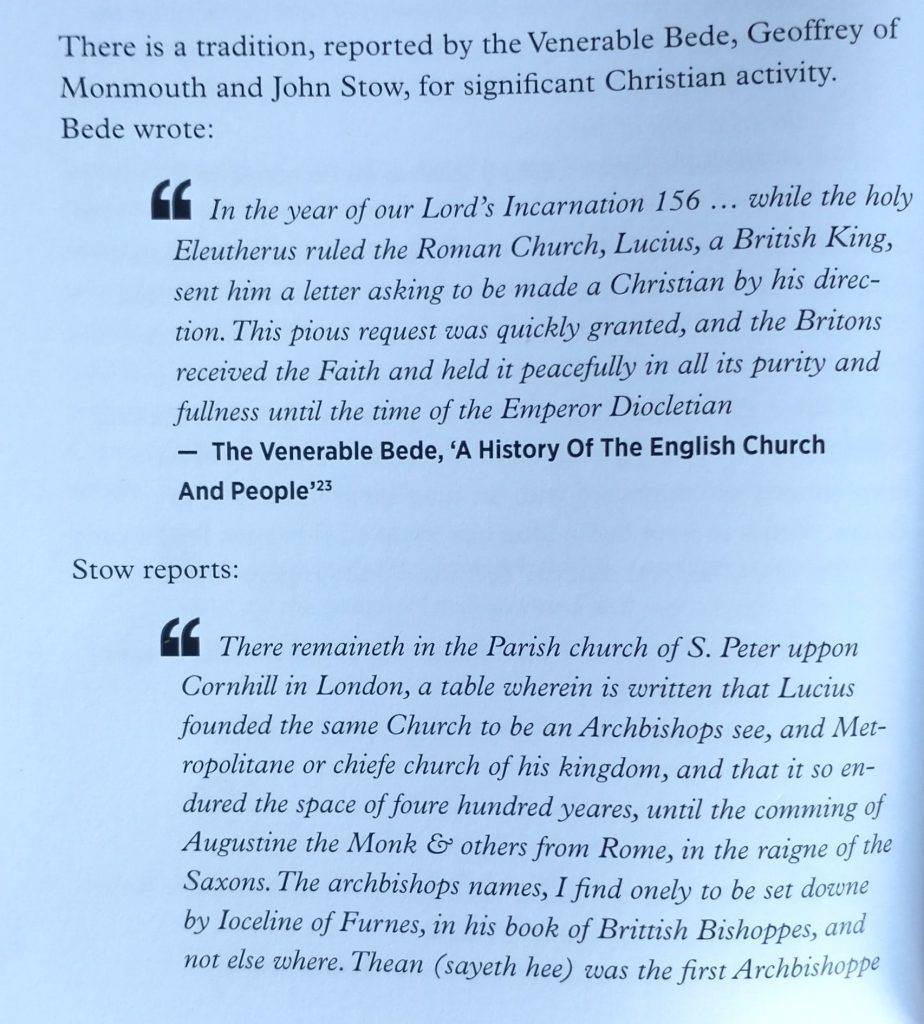
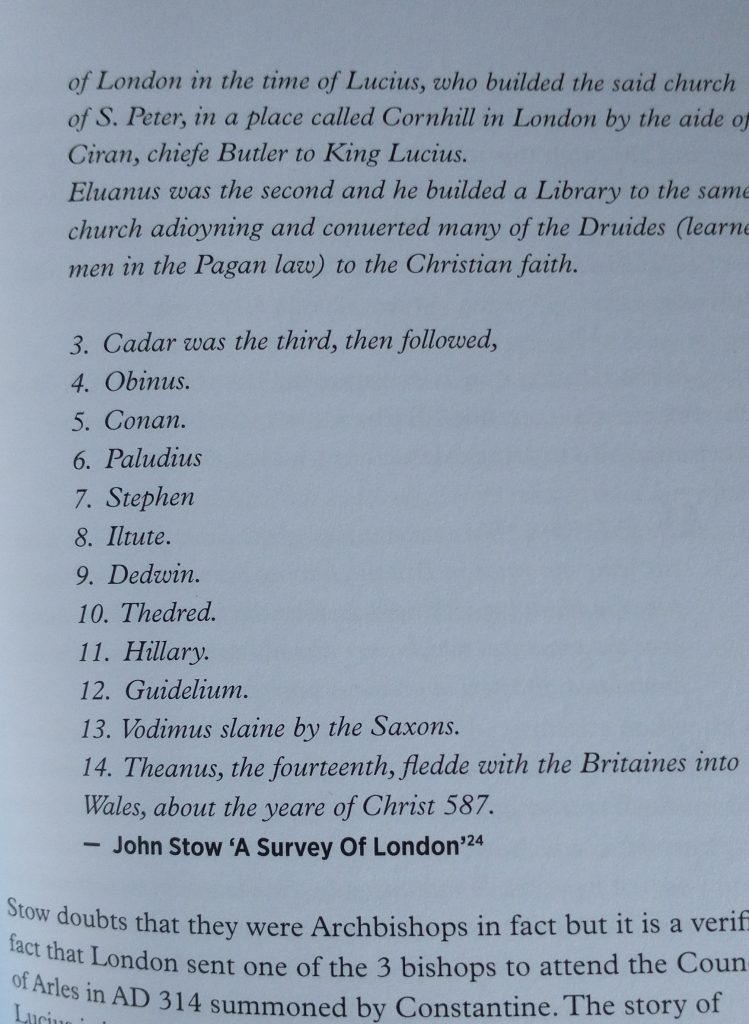
Archaeologists have also tentatively identified a masonry building in Pepys Street on Tower Hill as the Episcopal Church of late Roman London. The foundations suggest a large aisled building. Its identification as a Cathedral springs from multiplying the found foundations symmetrically by a factor of four and comparing the result to Santa Tecla in Milan. The discovery of Marble and window glass doesn’t sit so well with the alternative suggestion that it is a granary. But, to my mind, it’s not very convincing, although Dominic Perring in his recent book ”London in the Roman World’ makes the most of the case for it being a Cathedral.
On This Day
1660 – Margaret Hughes became the first woman (we know about) to act on the English Stage. She played Desdemona in Shakespeare’s Othello. It was staged in a converted tennis court called the Vere Street Theatre, which was in Lincoln’s Inn Fields. In 1660 Charles II was restored to the throne, and had got used to watching female actors perform while he was in exile in France. So when he returned, he licensed two theatre managers, Thomas Killigrew and Sir William Davenant to run theatre. Davenant claimed to be the natural son of William Shakespeare, suggesting that Shakespeare stayed in his parents’ Inn, the Crown, in Cornmarket, Oxford on his way home to Stratford-upon-Avon.
First Published on December 3rd, 2022. Revised in December, 2023, and 2024

